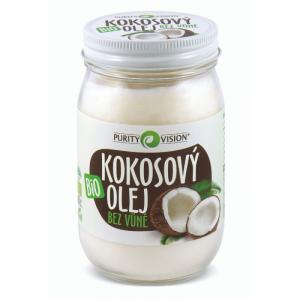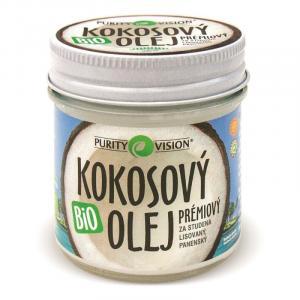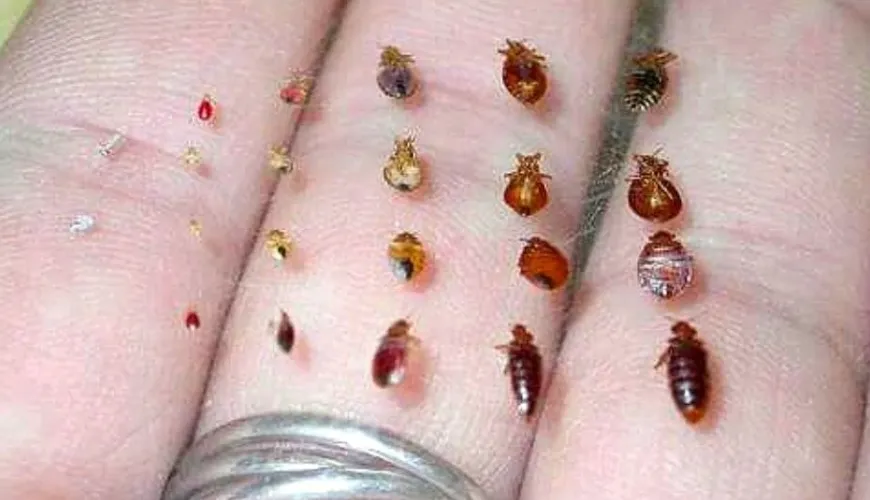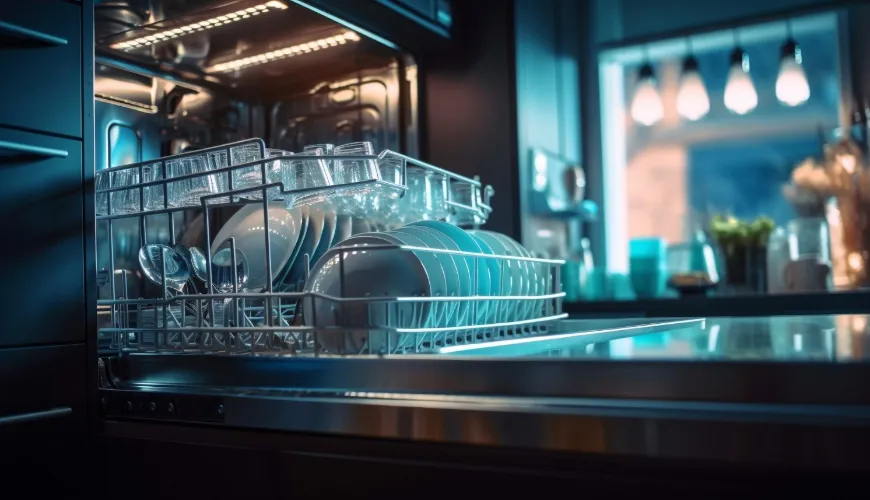
How to Wash Menstrual Blood and Remove Stains Without Stress
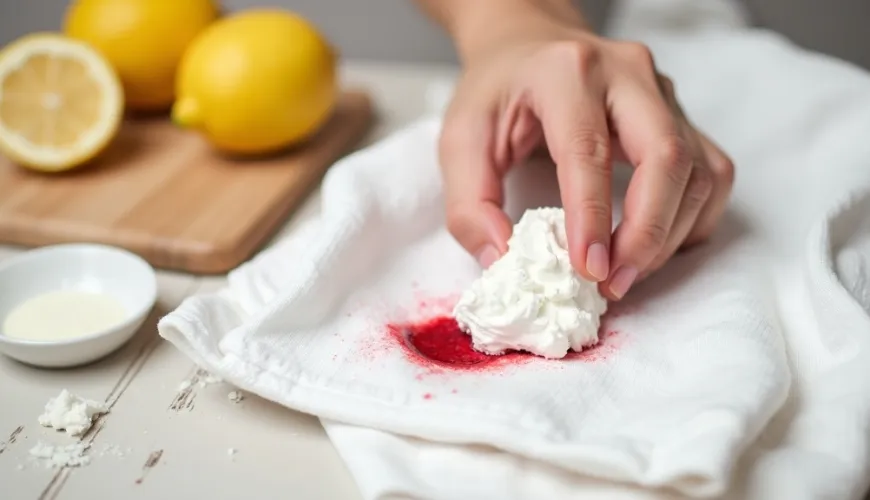
How to Wash Menstrual Blood and Save Your Favorite Clothes
Every woman has experienced it. You wake up in the morning, look down, and discover that your favorite pajamas or light-colored sheets are adorned with an unpleasant bloodstain. It's nothing unusual or shameful – menstrual accidents happen even to the most careful of us. But what to do when it happens? How to wash blood from clothes or bed linen without leaving traces? And is it possible to save delicate fabrics or eco-friendly fibers?
Bloodstains are specific. Unlike other common stains, they contain proteins that literally "cook" into the fabric at high temperatures and stay there forever. This means that the sooner you start cleaning, the greater your chance of success. Time and the correct procedure are key to keeping your laundry looking like new.
Quick Action is Essential
The best strategy for any stain is to act immediately. If you notice fresh menstrual blood on panties, a towel, or a nightgown, the first thing you can do is rinse the fabric with cold water. Never use warm or hot water – it would literally seal the blood into the fabric. Imagine it like a raw egg protein – when you heat it, it solidifies. The same happens with the proteins in blood.
If you can't wash the laundry immediately, you can at least leave it soaked in cold water. Ideally with a little salt, which helps release blood pigments from the fibers. For delicate laundry like bamboo, organic cotton, or hemp fiber, often used in eco-fashion, this gentle process is particularly important.
What if the Stain is Already Dried?
Dried blood is a bit more challenging, but not insurmountable. Even here, aggressive chemicals are not necessarily the best choice. Besides commercial stain removers, which can be harmful to both the environment and our health, there are natural alternatives.
Baking soda is one of the most popular household helpers. Just mix some baking soda with a few drops of water, create a paste, and apply it to the stain. Leave it on for at least an hour, ideally overnight. Then wash in cold water. You'll especially appreciate this method with light-colored laundry, where stains are most visible.
Another effective option is hydrogen peroxide (3% solution). It handles older stains well, but be careful – it can act as a mild bleach. Therefore, test it first on a less visible part of the fabric. Apply a small amount directly to the stain, wait a few minutes, then rinse with cold water and wash.
Natural Soaps and Eco-Friendly Detergents
If you're trying to lead a sustainable lifestyle, you're probably avoiding conventional laundry powders and gels full of synthetic perfumes, optical brighteners, and phosphates. Fortunately, there are eco-friendly alternatives that are safe for health and the environment, which deal with menstrual blood just as well – and with a clear conscience.
Jelen soap is almost legendary in Czech households. Although it's not completely chemical-free, compared to modern detergents, it contains minimal harmful substances. Similarly effective can be natural gall soaps, which break down proteins in blood thanks to enzymes from beef gall.
For vegans or those with sensitive skin, fragrance-free plant-based soaps are ideal, for example, those based on coconut or olive oil. Many of them are also packaged without plastic, so they don't burden the planet. They are appreciated by anyone striving for a zero-waste household.
Try our natural products
Menstrual Panties and Cloth Pads - Special Care
With the rise of interest in sustainable menstruation, the popularity of menstrual panties, cloth pads, or menstrual sponges is growing. They are gentle, reusable, and comfortable – but also require specific care.
After use, it is recommended to rinse the panties or pads immediately with cold water. Then they can be soaked in water with a little eco-friendly detergent or sodium percarbonate. It has a mild bleaching effect but is biodegradable and harmless to aquatic organisms.
Washing should be done at a maximum of 40 degrees, ideally in a gentle wash cycle. High temperatures could damage the elastic fibers or waterproof layers of the panties. Drying in the sun is not only eco-friendly but also helps disinfect and naturally bleach any remaining stains thanks to UV rays.
Nature Helps Too – Lemon, Vinegar, and Sun
There's no need to resort to harsh chemicals when we have so many available and effective natural remedies at hand. For instance, fresh lemon juice works not only as a natural bleach but also as a mild antiseptic. Just drip it onto the stain and let it work, preferably in the sun.
Similarly, vinegar – mixed with water in a 1:1 ratio can help release dried blood from fibers. Although vinegar itself doesn't stain, it's best used on less sensitive fabrics. And beware – never mix it with peroxide, as it creates irritating fumes.
Sunlight might be the most natural stain remover. Clothes washed and hung in direct sunlight often regain their brightness without bleaches. Our grandmothers knew this effect well, who commonly dried laundry outside – and it wasn't just about saving energy.
A Practical Example – When Eco-Fashion Meets Reality
Lucie, a student from Brno, recently bought a beautiful linen dress from a Czech brand producing sustainable clothing. During an unexpected cycle mishap, the thin fabric got soiled. "I was desperate because I knew the dress was sensitive and couldn't withstand aggressive cleaners," she says.
She immediately soaked them in cold water and used a paste of baking soda and lemon. She left it overnight and then hand-washed the dress with natural soap. After drying on the balcony, there was no trace of the stain. "I was thrilled that I didn't have to resort to chemicals and saved a favorite piece."
Who Hasn't Experienced This?
Menstrual accidents are a part of life. They are not a failure or a reason to panic. With a little knowledge and a gentle approach, almost any piece of clothing can be saved, whether it's cheap cotton panties or an expensive linen dress. And if you choose eco-friendly products, you'll save not just clothing but our environment as well.
"When you know what to do, no stain is final," says ecological designer Kristýna Urbanová. And she's right. With the right approach and respect for materials, the lifespan of clothing can be extended even in challenging situations.
Washing blood from laundry isn't rocket science. It's about the right timing, a gentle approach, and a bit of patience. And above all – not being afraid and knowing that nature often has the best answers.
